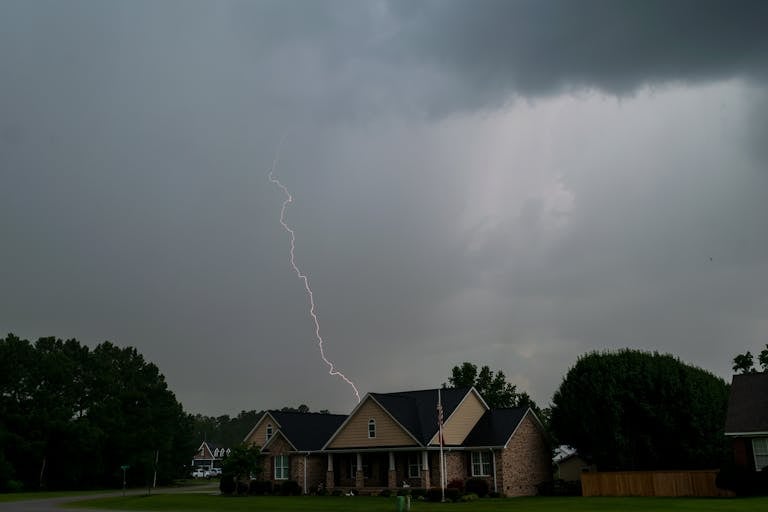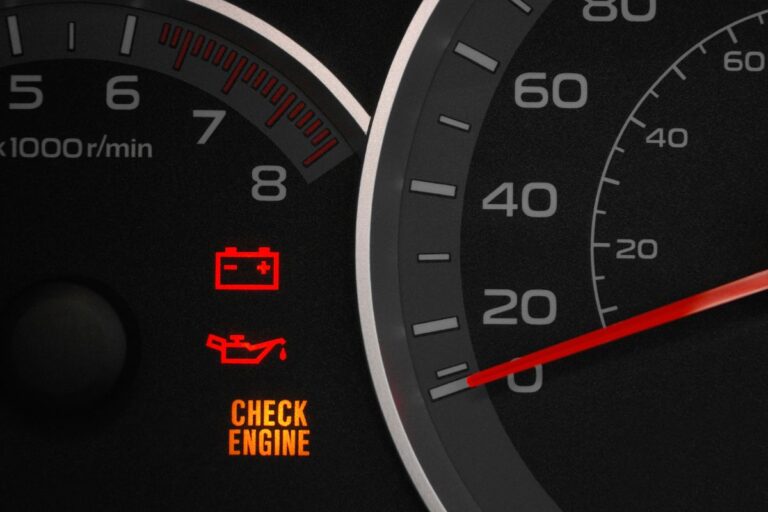When the City’s Sewer Fails, Who Pays? The Hidden Risk in Your Basement
It started as just another rainy night. By morning, their basement was underwater — and their homeowners insurance had no answers. Here’s the hidden risk every homeowner needs to understand.
A Nightmare No Homeowner Expects
For one family, their finished basement was more than just square footage, it was where life happened. Movie nights on the old leather sectional, kids’ sleepovers with sleeping bags piled on the floor, holiday dinners with laughter spilling down the stairs.
That’s why the sound of trickling water at midnight didn’t seem alarming at first. But within minutes, trickling turned into rushing. Water poured from the drains, soaking carpets, furniture, and treasured photo albums. By dawn, the entire basement sat under several inches of filthy, foul-smelling water.
The culprit? A sewer backup at the street, a failure of the city’s aging infrastructure that sent wastewater back into homes on the block. The family assumed their homeowners insurance would cover it. After all, how could they be responsible for a city failure?
But when they called their insurer, they got crushing news: without water backup coverage, their standard policy didn’t cover the damage.
Why Standard Homeowners Insurance Falls Short
Many homeowners are surprised to learn that a typical homeowners policy doesn’t cover damage from sewer or drain backups. To have protection, you usually need a water backup endorsement, which is an optional add-on.
Without it, the policy may cover water damage from sudden events like burst pipes inside the home, but not water that comes from outside through sewers, drains, or sump pumps.
Adding to the heartbreak, the family assumed the township would step in and cover the costs. But most cities have strict rules limiting their liability for infrastructure failures, and proving negligence is a tough uphill battle.
“Even when it’s the city’s sewer line that failed, municipalities are rarely quick to pay for the damage left behind.”
Why Going After the City Is So Difficult
Even when it’s the city’s sewer line that failed, municipalities are rarely quick to pay. As several homeowners have shared with me:
- You need to prove the city knew about the problem and failed to act, such as ignoring complaints or failing to maintain known trouble spots.
- Many cities have caps on payouts or even legal protections limiting what they owe.
- Deadlines are tight — homeowners often have to file a formal notice within a short statutory window.
One client shared the grueling process of trying to recover damages:
“It took about a year and thousands in receipts and damages just to get a fraction back, even though we had some coverage.”
Another noted that even filing against the city can be a dead end:
“We tried to go after the city, but they said it was on us to have proper insurance, even though they caused the issue.”
“We tried to go after the city, but they said it was on us to have proper insurance, even though they caused the issue.”
The Real-World Cost of a Backup
When sewage invades your home, the damage goes beyond just wet carpets. Consider what one family faced:
- Complete demolition of finished walls, flooring, and built-ins
- Furniture, electronics, and stored items declared total losses
- Professional decontamination services (sewage is classified as hazardous)
- Mold remediation when areas weren’t dried properly
- Temporary housing costs while work was completed
For a typical finished basement, the costs often climb well above $20,000 — sometimes much higher depending on what was damaged and the extent of contamination.
Protecting Your Home Before It’s Too Late
While no one can predict when a sewer backup will strike, you can prepare:
- Add water backup coverage to your homeowners policy to cover damage from sewer, drain, or sump pump failures.
- Consider service line coverage to help cover repairs to underground pipes on your property.
- Review your limits — many backup endorsements come with modest default amounts that may not cover a finished basement.
- Keep an emergency fund for repairs insurance won’t cover.
- Install a backflow prevention valve if your home is in an area with aging infrastructure.
- Understand flood insurance is a separate policy if you’re in a flood-prone area.
The Warning Signs You Shouldn’t Ignore
Sewer backups rarely happen without warning. Watch for:
- Multiple drains in your home slowing down at once
- Gurgling sounds from toilets or drains
- Water backing up in shower or tub when using the washing machine
- Sewage odors around drains
- Water pooling around basement floor drains
If you notice these signs, calling a plumber right away could prevent a small issue from becoming a disaster.
Key Takeaways for Homeowners
- Don’t assume your homeowners policy covers sewer backups.
- Check for optional water backup or service line endorsements.
- Know that going after the city is rarely successful without clear evidence of negligence.
- Review your coverage limits and adjust if you’ve invested in a finished basement.
A Friendly Reminder
Insurance is about peace of mind, not just paperwork. Take time to review your homeowners policy and talk with your insurance advisor. Understanding what’s covered — and what’s not — can help you avoid devastating surprises when life throws the unexpected your way.
“Insurance is about peace of mind, not just paperwork. Understanding what’s covered — and what’s not — can help you avoid devastating surprises.”








Leave a Reply